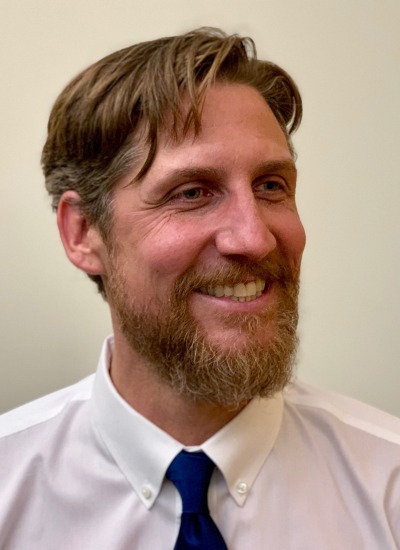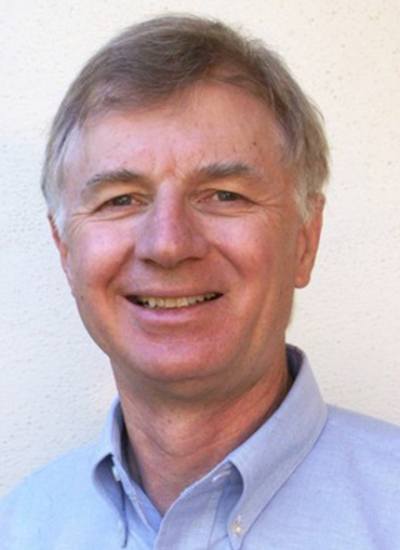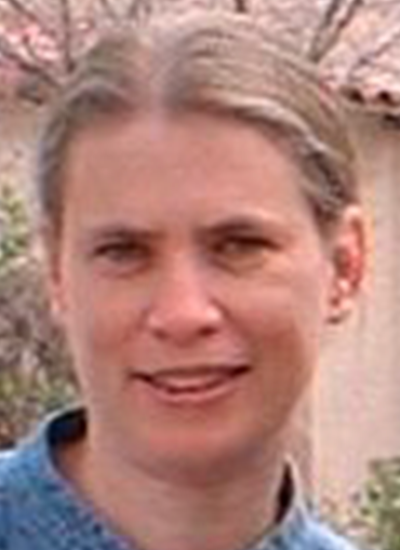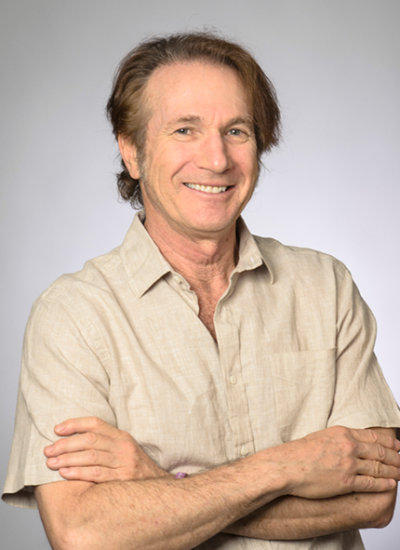Ryan S Sprissler
Work Summary
Dr. Sprissler is an Associate Research Professor and founding member of the Center for Applied Genetics and Genomic Medicine at the University of Arizona as well as Director and Lead Scientist of the University of Arizona Genetics Core. Dr. Sprissler's research has a particular focus on clinical human genetics and understanding the role of genetics in human disease onset, progression and response to treatment.






